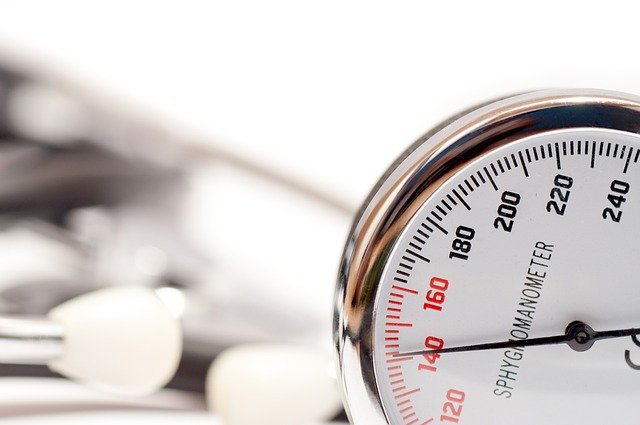
In a recent study, researchers found that two types of blood pressure medications, alpha blockers, and alpha 2 agonist, show higher variability in blood pressure measurements between doctor visits.
This high variability is linked to a higher risk of premature death.
The researchers suggest that doctors should use other classes of blood pressure medications that help decrease death risk.
In blood pressure reading, the systolic blood pressure number (the upper number) shows how much pressure blood is exerting against the artery walls when the heart beats.
According to the American Heart Association, normal blood pressure is less than 120/80.
Elevated blood pressure is between 120-129/80, and blood pressure over 130/80 is categorized as stage one and two high blood pressures.
Previous studies have found that patients with large variances in blood pressure between doctor visits are at an increased risk of death.
In the current study, researchers from the Intermountain Medical Center researchers looked for connections between blood pressure drugs and the variations in blood pressure readings.
They wanted to see if certain classes of medications reduced the visit-to-visit blood pressure variability.
They examined the data from more than 10,500 patients.
These patients took at least seven blood pressure medications between January 2007 and December 2011. They were followed for five years — through June 2016.
The team tracked the variances in blood pressure measurements and the blood pressure medication each patient took.
They found that ace inhibitors, angiotensin receptor blockers, calcium channel blockers, and thiazide diuretics were linked to decreased death risk.
Patients who were on other types of blood pressure medications had an increased risk of death.
The researchers suggest that patients should know what their blood pressure is.
If it’s up and down all the time, the patient should work with their doctor to explore options for the best blood pressure medications that will reduce variances.
The researchers say their next steps are to look at other medications that are proven to reduce the variability in blood pressure measurements and better evaluate methods for taking evidence-based blood pressure measurements.
The team also recommends that people control their environment when measuring their blood pressure.
This can help reduce additional variables from influencing the measurement.
Common mistakes people made that could falsely increase their blood pressure readings include:
Having a full bladder;
Sitting with crossed legs;
Slouching, unsupported back or feet;
Talking with doctors;
Unsupported arm;
When the cuff is too small;
And wrapping the cuff over clothing.
Copyright © 2019 Knowridge Science Report. All rights reserved.



